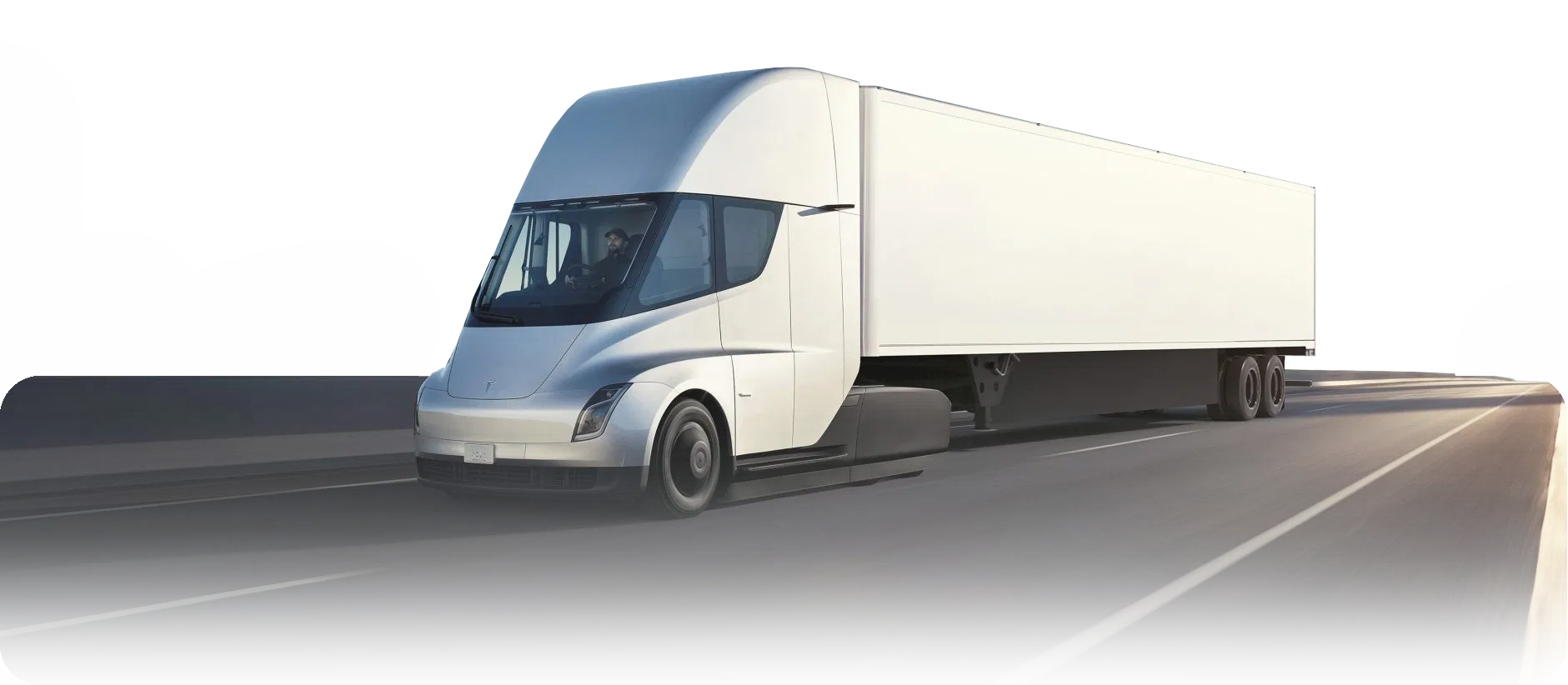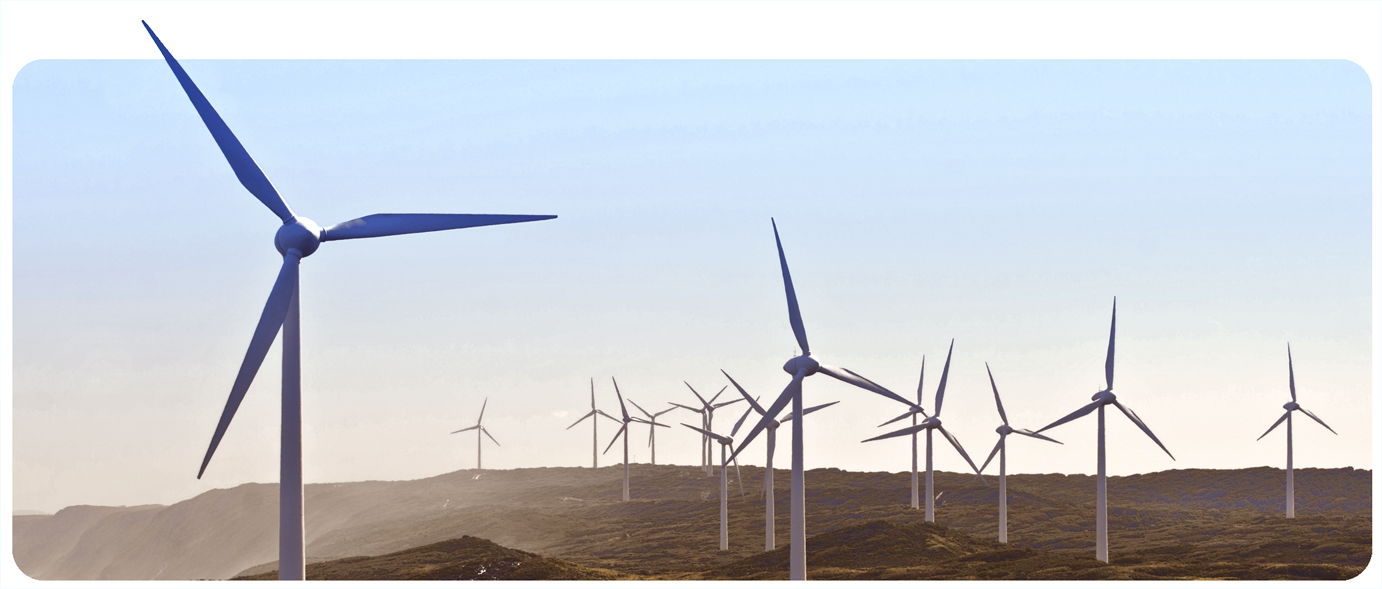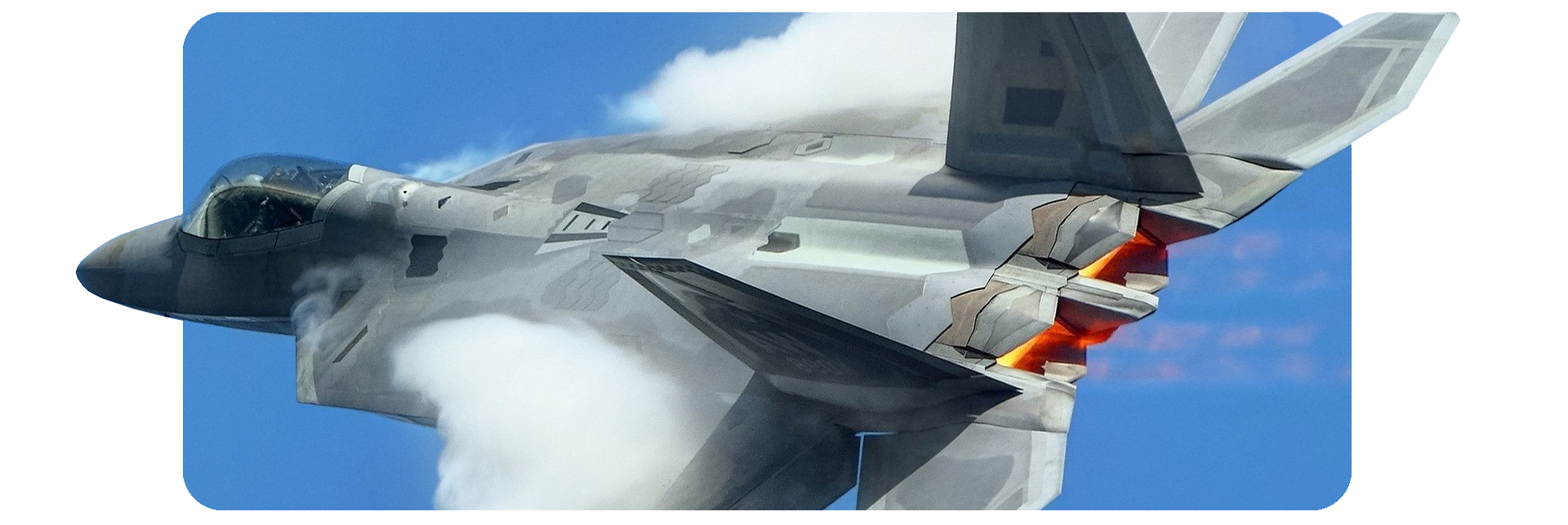Fundamentals Overview #
The first step in making sense of aerodynamics phenomenon is to establish a strong conceptual foundation with basic flows. This series of articles highlight fundamentals that will be repeatedly referenced throughout this site when untangling more advanced topics.
This particular group of articles will answer the following questions:
- How does flow behave?
- Why does it behave that way?
- Why does it matter?
Articles I - IV primarily concern the aerodynamics of low speed vehicles (< 300mph/480kph). The behavior of high speed objects begins to take on different characteristics, and is explored separately in Article V.
I - Form #
I - Form introduces the essential features of flow.

The Tesla Semi. Photo courtesy of Tesla Motors.
II - Energy #
II - Energy transitions the discussion to the mechanisms by which a fluid can accumulate and deploy energy.

Wind turbines on a wind farm in Western Australia. Image courtesy of Getty Images.
III - Friction #
III - Friction discusses friction in aerodynamics, which acts to remove energy from the air.

Wake turbulence behind an aircraft. Photo courtesy of David Birkbeck
IV - Pressure Gradients #
Finally, IV - Pressure Gradients introduces the phenomenon that defines an upper bound on what’s possible in aerodynamics.

A F-22 Raptor during a high angle of attack maneuver. Image courtesy of OC Air Show.
V - High Speed Aerodynamics #
V - High Speed Flow speaks to the differences between low & high speed aerodynamics.

SpaceX Falcon Heavy. Photo courtesy of Pauline Acalin.